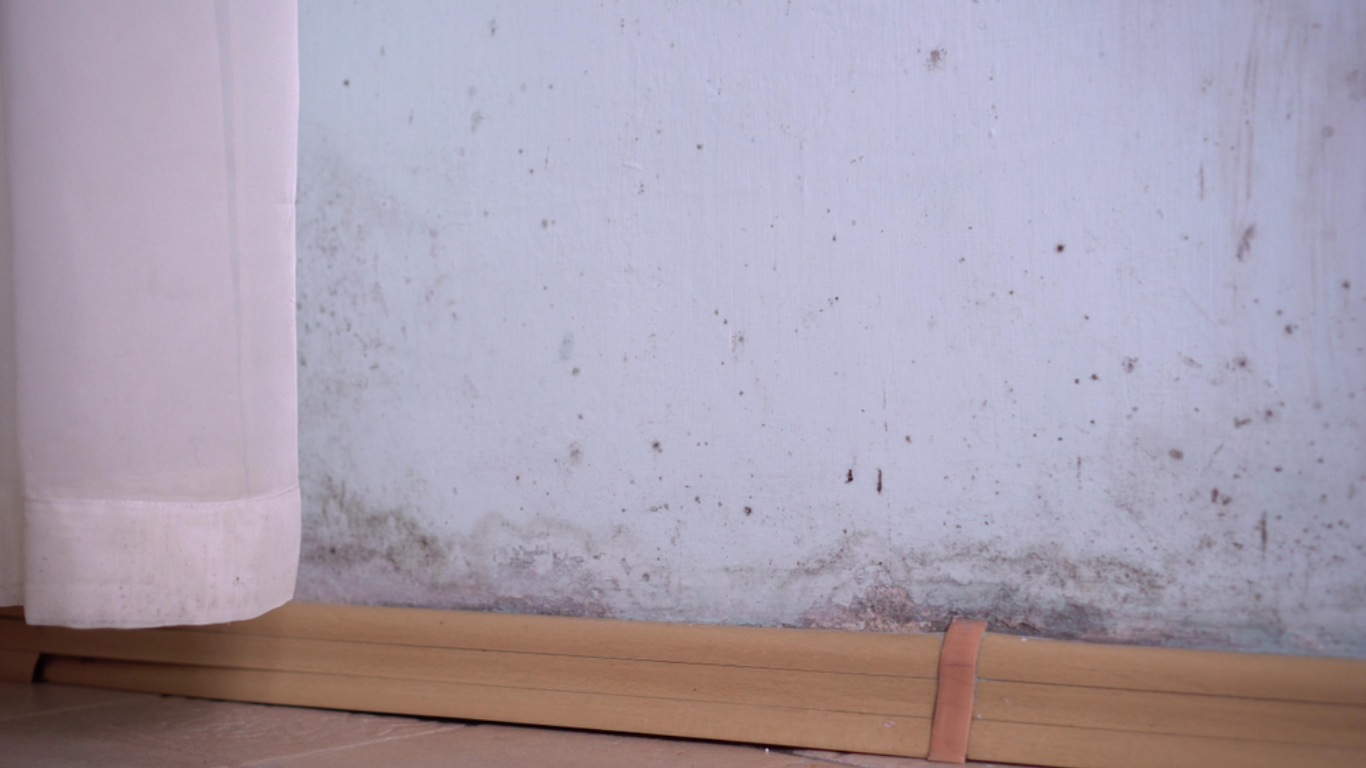


As a landlord, I have had my fair share of challenges in managing rental properties. One of the most common issues that I have encountered is dealing with mould. Mould is a type of fungus that grows in damp and humid environments, and it can be harmful to the health of my tenants if left unchecked. In this blog post, I will share my experience in dealing with mold in rental properties and provide tips on how to prevent and remove mold effectively.
Mould is a common problem in many rental properties, particularly in areas with high humidity or poor ventilation. It can grow on any surface that is moist and warm, and is often found in bathrooms, kitchens, and bedrooms. Mould can cause health problems such as asthma and allergies, and can also damage property and belongings. As a landlord or tenant, it is important to understand the causes of mould, how to prevent it, and what to do if it appears in your rental property. In this article, we will explore all aspects of mould in rental properties, including its causes, health risks, prevention methods, and legal responsibilities of both landlords and tenants.
There are several different types of mould that can be found in rental properties,
some of which are more dangerous than others. Here are some of the most common types:
This type of mould is often found in damp areas such as showers and under sinks. It is known to cause asthma symptoms in some people.
This is a common indoor mould that can be found on food and in damp areas such as bathrooms and kitchens. It can cause respiratory problems in people with weakened immune systems.
This type of mould can be found in both indoor and outdoor environments. It is often
found on fabrics, carpets, and damp surfaces. It can cause respiratory problems and trigger asthma symptoms.
This type of mould can be found on food, wallpaper, and in carpets. It can cause allergic reactions in some people and can also cause respiratory problems.
This is a type of black mould that is commonly found in areas with high humidity levels,
such as bathrooms and basements. It can cause respiratory problems and other health issues.
It's important to note that even non-toxic mould can cause health issues, especially in people with weakened immune systems or respiratory issues such as asthma.
Mould growth occurs when moisture accumulates in areas that are warm and damp. This can happen due to a variety of reasons, including:
Lack of proper ventilation can cause moisture to accumulate in enclosed spaces, such as bathrooms, kitchens, and laundry rooms.
Leaking pipes, roofs, or windows can create moist conditions, providing an ideal environment for mould to grow.
Areas with high humidity, such as basements and crawl spaces, are more susceptible to mould growth.
Flooded properties provide an ideal environment for mould growth if not dried out and treated properly.
Preventing mould growth in a rental property is essential to ensure the health and safety of tenants. Here are some tips on how to prevent mould growth:
Mould thrives in humid environments, so it's important to keep the humidity levels in the property low. Use a dehumidifier or air conditioner to reduce humidity levels.
Proper ventilation is crucial to prevent moisture buildup. Ensure that there is good airflow in the property by opening windows and using exhaust fans in the bathroom and kitchen.
Leaks and drips can lead to moisture buildup and promote mould growth. Fix any leaks in the property as soon as possible.
Regular cleaning can help prevent mould growth. Clean surfaces regularly using a mild detergent and water, and ensure that carpets and upholstery are properly cleaned and dried.
Keep an eye on moisture levels in the property, especially in areas prone to moisture buildup such as bathrooms and kitchens. Use a moisture meter to monitor levels and take action if levels are too high.
By following these tips, landlords can take proactive measures to prevent mould growth and maintain a healthy living environment for their tenants.
Removing mould from rental properties can be a challenging task, but it is necessary to ensure the health and safety of the occupants. Here are some steps that can be taken to effectively remove mould from rental properties:
Mould thrives in damp environments, so it is important to identify and fix any sources of moisture in the property. This can include fixing leaky pipes, repairing damaged roofs or walls, improving ventilation, and reducing humidity levels.
Before starting the mould removal process, it is important to wear protective gear such as gloves, goggles, and a mask to prevent exposure to mould spores.
Use a solution of water and detergent to clean visible mould from surfaces such as walls, ceilings, and floors. It is important to use a solution that does not contain bleach, as bleach can actually promote the growth of mould.
After cleaning, it is important to dry the area thoroughly to prevent the growth of new mould. This can be done by using a dehumidifier or by improving ventilation in the property.
Once the area is dry, anti-mould products such as mould-resistant paint or sealant can be applied to prevent the regrowth of mould.
In some cases, mould removal may require the help of a professional. This is particularly true for large or persistent mould infestations, or for cases where the mould has spread to hard-to-reach areas such as air ducts.
It is important to note that preventing mould from growing in the first place is the best way to avoid the need for mould removal. Regular cleaning, maintenance, and monitoring of moisture levels can go a long way in preventing mould growth in rental properties.
Under the Landlord and Tenant Act 1985, landlords have a duty of care to provide a safe and healthy living environment for their tenants. This includes addressing any mould issues promptly and effectively. Tenants also have a responsibility to maintain the property and report any issues to the landlord in a timely manner.
If a tenant believes that their landlord is not addressing a mould issue, they can
make a formal complaint in writing. If the landlord fails to take action, the
tenants may be able to take legal action, such as filing a complaint with the local council or seeking a court order to compel the landlord to make repairs.
Landlords may also face legal action if they retaliate against a tenant for making a
complaint or exercising their legal rights. This is known as retaliatory eviction and is illegal under the Deregulation Act 2015.
Q: Who is responsible for addressing mould issues in a rental property?
A:Both landlords and tenants have a responsibility to prevent and remediate mould
growth in a rental property. Landlords have a legal duty of care to provide a
safe and healthy living environment, while tenants must report any issues in a timely manner and maintain the property to the best of their ability.
Q: How can I prevent mould growth in my rental property?
A: To Prevent mould growth, it is important to address any sources of moisture, such
as leaks or condensation, and improve airflow through the property. Regular cleaning and disinfecting can also help prevent mould growth.
Q: What should I do if I find mould in my rental property?
A: Ifyou find mould in your rental property, report it to your landlord in writing and take steps to prevent its spread, such as cleaning and disinfecting
affected areas and improving airflow. If the landlord fails to take action, you may be able to take legal action or file a complaint with the local council.
If you discover mould in your rental property, it's important to take action as soon as possible. Here are some steps you should take:
Let your landlord know about the mould as soon as possible. They are legally responsible for ensuring that the property is safe and habitable.
Take photos of the mould and keep any correspondence with your landlord in writing, such as emails or letters.
If your landlord does not take action to address the mould problem, following up with them regularly to ensure that it is being taken care of.
If your landlord fails to address the mould problem, you may need to consider legal action. You may be able to take your landlord to court for breach of contract or under the Landlord and Tenant Act 1985.
Mould in rental properties is a serious issue that can cause a range of health problems. If you discover mould in your rental property, it's important to take action as soon as possible. Remember to document the problem and follow up with
your landlord regularly. Taking steps to prevent mould from growing in your rental property can also help keep you and your family healthy.